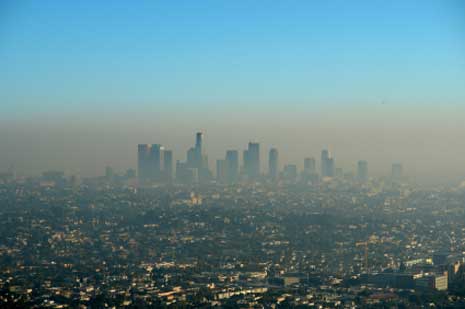Environmental factors in allergic diseases

The prevalence of allergic diseases such as asthma and pollinosis is steadily increasing and seems to be associated with modern lifestyle. Therefore, it has been hypothesized that high living standards and hygienic conditions reduce exposure to microbial components, and lead to an imbalance in the immune system, especially in the Thl and Th2 system, which increases the risk for the development of allergic diseases.
However, recent accumulated epidemiological evidences have demonstrated that air pollutants including diesel exhaust particulate (DEP) and NO2 are responsible for the increased prevalence of allergies. The effects of environmental chemicals have also been supported by the in vivo and in vitro studies. It is important to prevent allergy development in our life as early as possible (e.g., since our infancy).
Reference: Nakamura H, Hitomi Y., Environmental factors in allergic diseases, Kanazawa University, Nippon Rinsho. 2009 Nov;67(11):2043-7.

Leave a Reply
You must be logged in to post a comment.